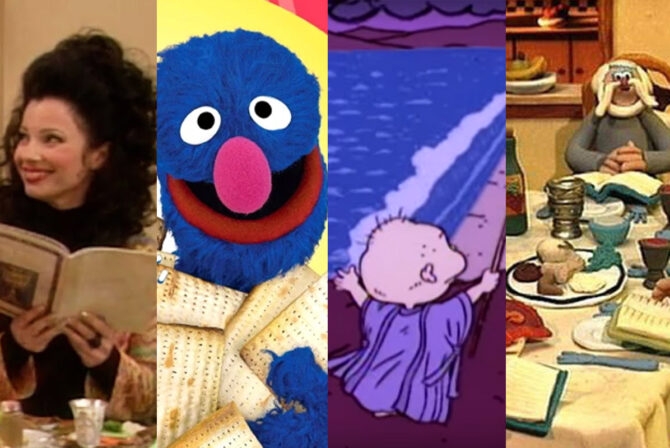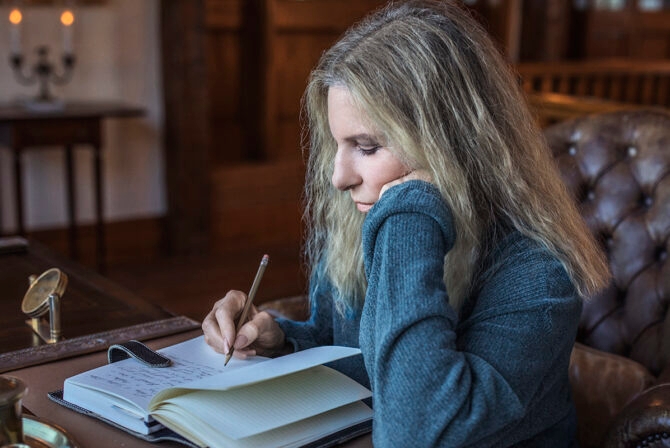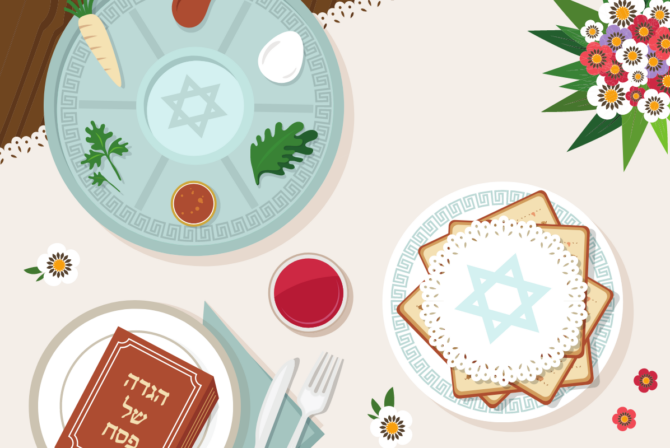Yom Kippur–the Jewish Day of Atonement–is a fast day that follows Rosh Hashanah. Rosh Hashanah and Yom Kippur are often called the High Holidays. The holidays and the time in between them are known as the Ten Days of Repentance.
According to Jewish tradition, at the conclusion of Yom Kippur, God seals the Book of Life and the Book of Death for the coming year. Yom Kippur is, thus, a day of prayer and introspection. It is considered the most solemn day on the Jewish calendar.
The overarching theme of Yom Kippur is repentance. From the beginning to the end of the holiday, we are meant to be thinking about affecting positive change in our lives and making amends with others.
At Home
In order to focus on the spiritual nature of the day, on Yom Kippur, we are instructed to separate ourselves from the mundane world. Traditionally, this means fasting–avoiding both eating and drinking—and abstaining from various other bodily activities, such as bathing and having sex. Additionally, many people have the custom of wearing white on Yom Kippur, to symbolize the pure and clean way we hope to go into the New Year.
At Synagogue
Services on Yom Kippur are longer than on any other day of the year. We begin on the eve of the holiday with Kol Nidre, a prayer in which we nullify all vows we might make under duress in the year to come. Other additions to the liturgy are Yizkor, the memorial prayer for the dead, Viddui, the communal confession of sins, and in Conservative and Orthodox congregations, the Avodah service, a reenactment of the ancient priestly ritual for Yom Kippur.
At the afternoon service we read the Book of Jonah, and the day ends with a powerful service called Neilah, which imagines that the gates of heaven are closing at the end of the High Holiday period. Yom Kippur is concluded with a long loud blast from the shofar.







